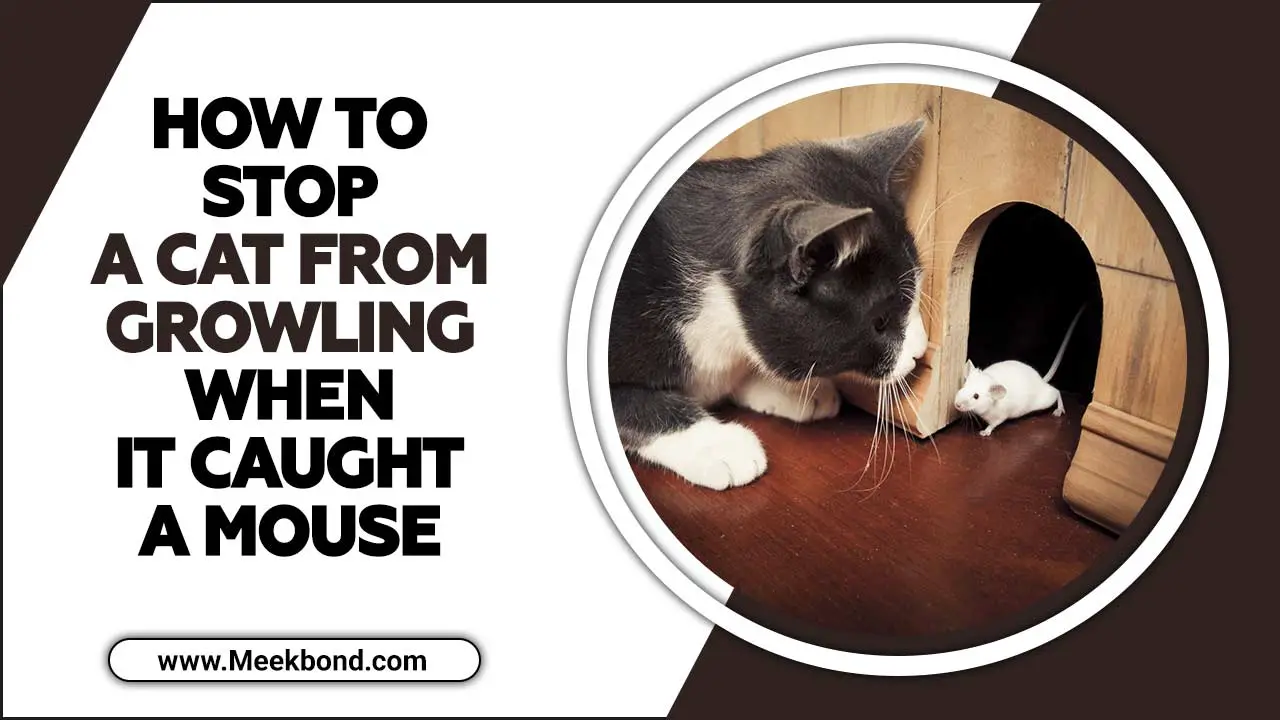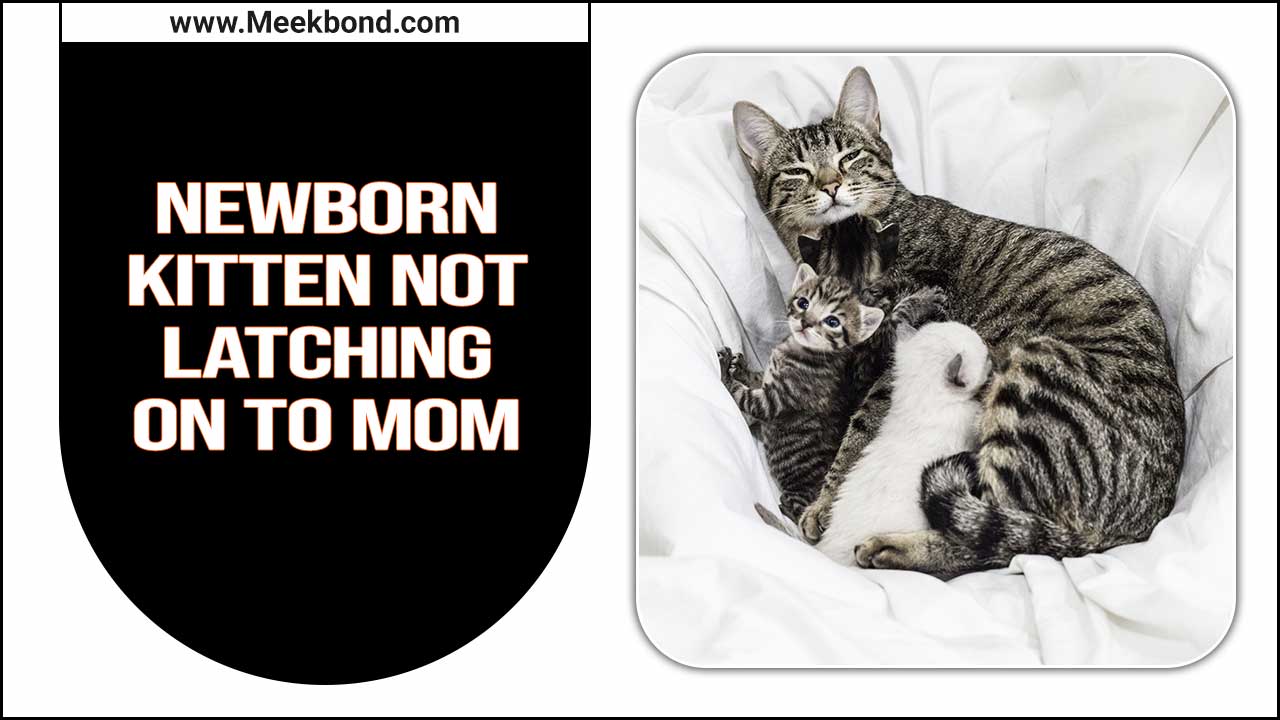While Tradescantia is a beautiful plant, it can pose a significant risk to cats. The plant contains certain chemicals that can cause vomiting, diarrhoea, and skin irritation in felines.
If your cat ingests or comes into contact with this plant, it may experience symptoms such as lethargy, loss of appetite, and difficulty breathing. It is crucial to seek veterinary attention immediately if you suspect your cat has been exposed to Tradescantia or exhibits any concerning symptoms.
As responsible pet owners, we must be aware of the potential dangers some plants can pose to our furry friends and take appropriate precautions to keep them safe.
Here we will discuss are tradescantia toxic to cats and how to protect your cat. We will provide safe alternatives for non-toxic houseplants and tips on identifying and removing Tradescantia from your garden.
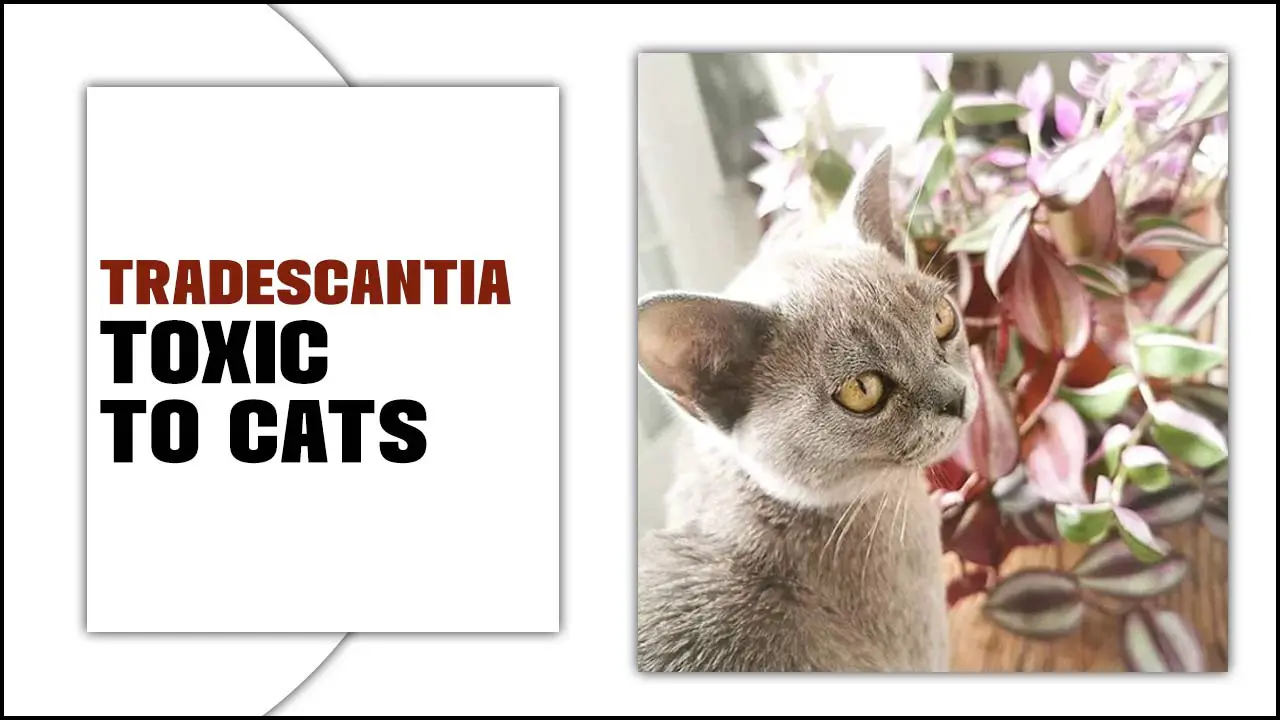
Are Tradescantia Toxic To Cats – How To Protect Your Cate?
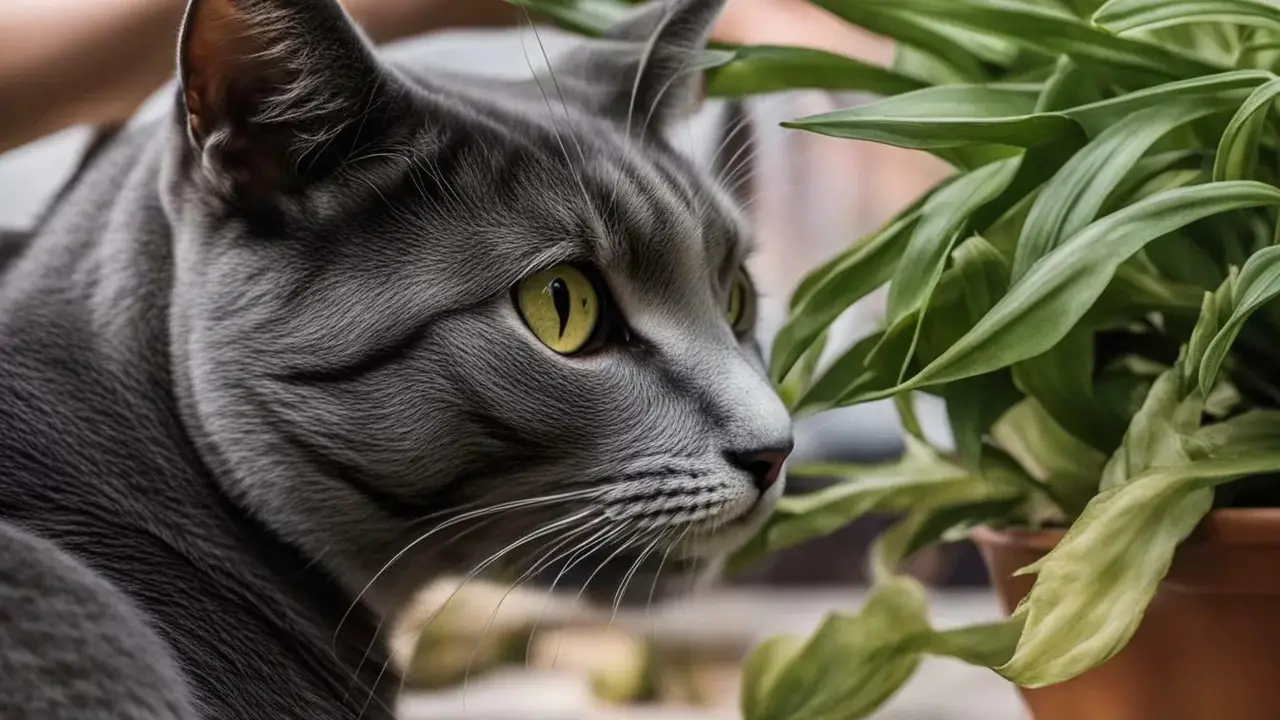
While tradescantia plants are beautiful and popular indoor plants, they can harm cats if ingested. Ingestion can lead to symptoms such as vomiting, diarrhoea, and lethargy. As a responsible pet owner, it’s important to keep tradescantia plants out of your cat’s reach or replace them with pet-safe houseplants. If you suspect your feline friend has consumed tradescantia, it is essential to seek immediate veterinary care.
Cat owners must also educate themselves about other common household plants that may be toxic to their pets. Some other examples include lilies, aloe vera, ivy, and philodendrons. Understanding which plants are safe and which are not can help prevent potential harm to your furry companion.
Additionally, if you notice any unusual behaviour in your cat after being around plants or other substances, consult a veterinarian immediately. Below discuss more on tradescantia toxic to cats.
How Does Tradescantia Affect Cats?
While tradescantia plants are a beautiful addition to any home, it’s important to be aware of the potential harm they can cause to your furry friend. The calcium oxalate crystals found in the plant can lead to discomfort and irritation for your cat. Ingesting tradescantia may result in vomiting, diarrhoea, allergic reactions, and gastrointestinal issues.
You must seek veterinary attention immediately if you notice any signs of tradescantia poisoning in your cat. To avoid any mishaps, it’s recommended that you keep these plants out of reach of your pets or opt for non-toxic alternatives instead.
Some examples of safe houseplants for cats include spider plants, money trees, and Boston ferns. By taking precautionary measures, you can ensure the safety and well-being of your beloved feline companion.
Recognizing The Signs Of Tradescantia Poisoning In Cats
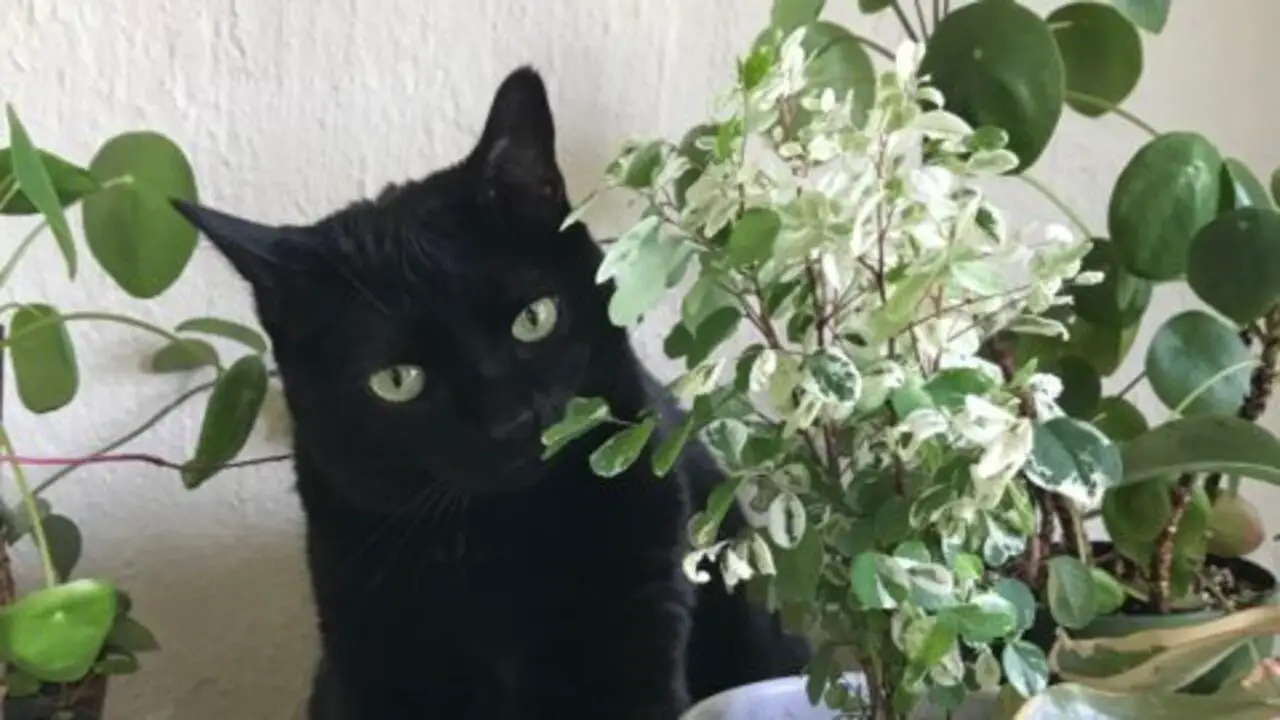
If you suspect that your cat has consumed tradescantia, keep an eye out for certain symptoms. Vomiting and diarrhoea are common indicators of tradescantia poisoning in cats. Your cat may show discomfort or pain after ingestion; allergic reactions can cause skin irritation or itching.
Gastrointestinal distress is also a common symptom, along with changes in appetite or behaviour. It is important to seek veterinary attention immediately if you suspect your cat has been poisoned by tradescantia. Remember to keep all potentially toxic plants out of reach from your pets to prevent such incidents from happening in the first place.
What To Do If Your Cat Ingests Tradescantia?
If your cat ingests tradescantia, it is important to take immediate action to ensure its safety. Here are some steps you can take if your cat consumes this plant. Remember, it is always better to err on the side of caution regarding your pet’s health. Contact a veterinary professional for advice if you have any concerns or questions.
- Remove any remaining pieces of the plant from your cat’s mouth.
- Contact your veterinarian for guidance. They may recommend bringing your cat in for an examination or providing further instructions based on the severity of the ingestion.
- Monitor your cat closely for any poisoning symptoms, such as vomiting, diarrhoea, or loss of appetite.
- Keep your cat hydrated by offering water frequently, as vomiting can lead to dehydration.
- Do not induce vomiting unless specifically instructed by a veterinarian, as certain substances in tradescantia can be harmful when brought back up.
- If possible, try to identify the specific species of tradescantia your cat ingested, as different varieties may have different toxicity levels.
Different Types Of Tradescantia Plants
Tradescantia plants are a group of plants that include several species, such as Tradescantia zebrina, Tradescantia pallida, and Tradescantia fluminensis. These plants are known for their unique features and appearances, with some having variegated leaves while others have solid-coloured foliage.
It is important to identify the specific tradescantia variety as each type has a different level of toxicity. Before handling these plants, consulting with an expert or conducting extensive research is recommended. Certain varieties of this plant family can cause skin irritation or even be toxic if ingested by humans or pets.
Common Varieties And Their Identification
Tradescantia zebrina, commonly known as wandering jew, is a trailing plant with striped leaves that has recently gained immense popularity. Another variety of Tradescantia pallida, also known as purple heart, boasts vibrant purple foliage and is equally popular among garden enthusiasts. The Tradescantia fluminensis, or inch plant, has green leaves with white stripes, making it visually appealing.
However, it’s important to note that these common varieties of tradescantia can be toxic to cats if ingested, so proper identification is necessary. Symptoms of toxicity in cats include vomiting, diarrhoea, loss of appetite, and lethargy.
If your cat shows any of these symptoms after coming into contact with tradescantia plants, seek veterinary attention immediately. It’s best to keep these plants out of reach of pets and children to prevent accidental ingestion.
Preventing Exposure: How To Keep Cats Away From Tradescantia
If you want to keep your cats away from your tradescantia plants, there are several measures you can take. Firstly, you can place the plants in areas inaccessible to your feline friends, such as high shelves or hanging baskets. Secondly, you can use physical barriers like plant stands or hangers to prevent your cat from getting close to the plant. Deterrent sprays or natural repellents can make the plant less appealing to your cat.
It is also important to provide alternative entertainment for your cat and train them to avoid the plant. This can include providing them with toys or scratching posts and using positive reinforcement techniques when they avoid the plant. With consistent training and proper care, it is possible to keep cats away from tradescantia plants without causing harm to either the cat or the plant.
Safe Alternatives: Non-Toxic Houseplants For Cat Owners
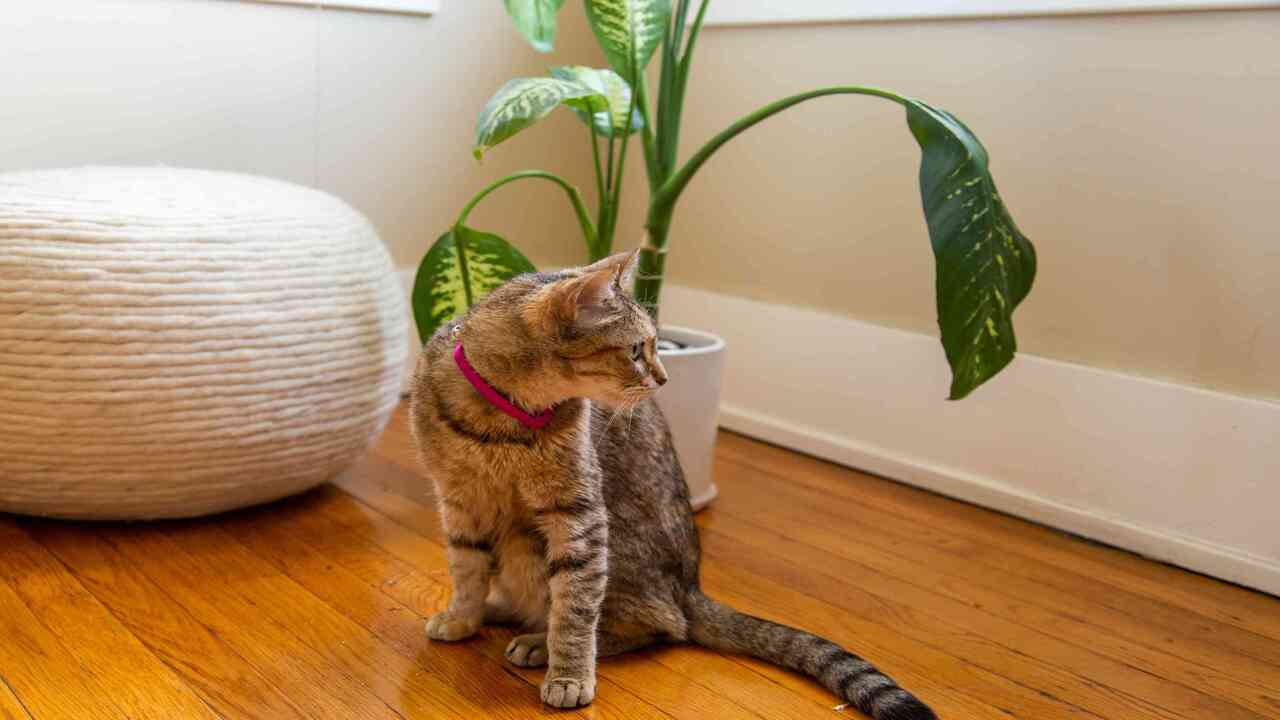
Incorporating non-toxic houseplants is an excellent way to add a touch of greenery to your home without posing a risk to your feline friends. Some cat-safe options include spider plants, Boston ferns, and African violets. It is important to research or consult experts to find suitable alternatives that won’t harm your cats.
Creating a safe environment for cats and plants is crucial for maintaining a healthy and happy household. Additionally, keeping toxic plants out of reach of pets and providing them with plenty of scratching posts and toys can help prevent any potential accidents.
A Quick List Of Poisonous Indoor And Outdoor Plants
When it comes to keeping our furry friends safe, it’s important to be aware of the plants that can be toxic to cats. Tradescantia, also known as wandering jew, is one such plant that should be kept out of reach from your feline companions.
Ingesting tradescantia can cause various symptoms in cats, including vomiting, diarrhoea, and even kidney damage. It’s always best to err on the side of caution and avoid having this plant in your home or garden if you have cats. Here are some other poisonous plants to keep in mind:
- Lilies
- Sago’s palm
- Aloe vera
- Pothos
- Philodendron
How Do I Ensure A Safe Environment For My Cats?
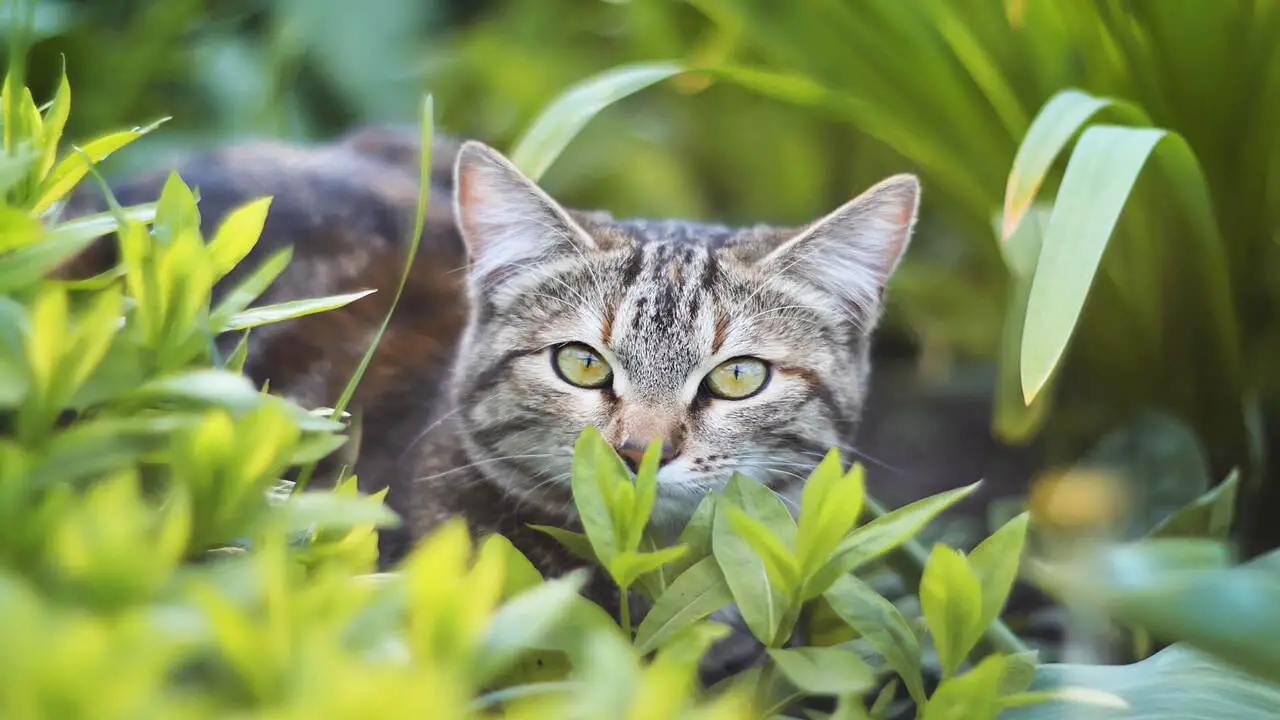
To ensure a safe environment for your cats, start by inspecting your home and removing toxic plants. Keep cleaning products and chemicals securely stored. Create designated play areas and provide enriching toys. Monitor your cat’s behaviour and health, seeking veterinary care promptly. Stay informed on creating a safe environment for your feline friends.
How To Identify Tradescantia In Your Garden?
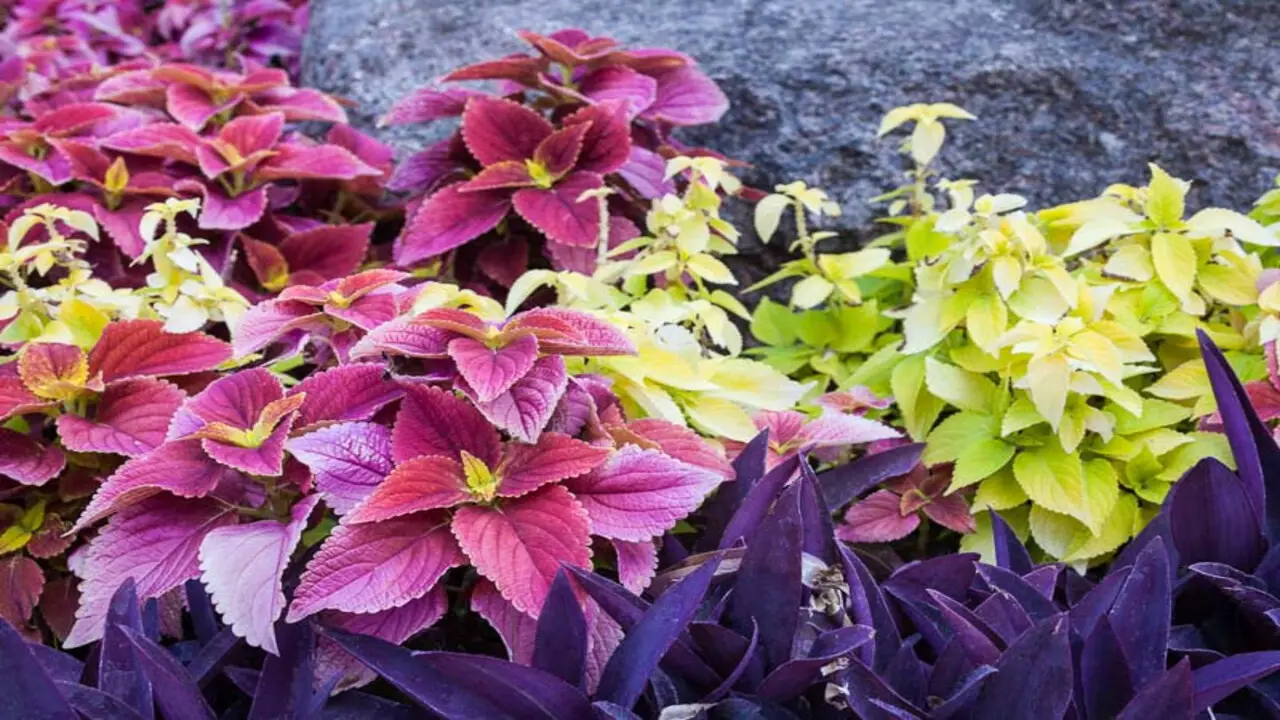
Identifying Tradescantia in your garden can be relatively easy once you know what to look for. Here are some key features to help you identify this plant. By familiarizing yourself with these characteristics, you will be better equipped to identify Tradescantia and take appropriate measures if you have cats or other pets that may be affected by its toxicity.
- Appearance: Tradescantia, also known as spiderwort, is a perennial herbaceous plant typically growing in clumps. It has long, arching leaves that are usually lance-shaped and can range in colour from green to purple.
- Flowers: One of the distinguishing features of Tradescantia is its flowers. Depending on the variety, they are typically small and have three petals, which can be blue, purple, pink, or white.
- Growth habit: Tradescantia plants spread quickly and can form dense mats or groundcovers if left unchecked. They often produce trailing stems that root at the nodes, allowing them to spread easily and establish new plants.
- Location: Tradescantia is commonly found in gardens, lawns, and other outdoor spaces. It prefers moist soil but can tolerate various conditions, including full sun or partial shade.
How To Remove Tradescantia From Your Garden?
If you have decided to remove Tradescantia, also known as wandering jew, from your garden, here are some steps you can follow. Following these steps, you can effectively remove Tradescantia from your garden and help create a safer environment for your feline friends.
- Wear protective clothing: Before you start removing the plant, make sure to wear gloves, long sleeves, and pants to protect your skin from any potential irritation.
- Dig up the plants: Use a garden spade or shovel to dig up the Tradescantia plants. Make sure to dig deep enough to get the entire root system.
- Dispose of the plants carefully: Since Tradescantia is toxic to cats, it is important to dispose of it properly. Do not compost or leave them in an area where cats may have access.
- Monitor for regrowth: Even after removing the plants, keep an eye out for any regrowth. Tradescantia can be persistent and may require ongoing removal efforts.
Conclusion
it is important to be aware of the potential dangers that Tradescantia plants can pose to your feline friends. These plants contain toxins that can cause various symptoms and health issues in cats. Recognizing the signs of Tradescantia poisoning and taking immediate action if your cat ingests any part of the plant is crucial.
Preventing exposure is key, so keep your cats away from Tradescantia and consider safe alternatives for houseplants. Additionally, it’s helpful to educate yourself about other poisonous plants that could be present in your home or garden. By taking these precautions and creating a safe environment, you can protect your cats from harm and ensure their well-being. Hope now you understand whether are tradescantia toxic to cats or not.
Frequently Asked Questions
Does Tradescantia Pose A Risk To Humans Or Other Pets?
Tradescantia is generally safe for humans and other pets, but some may be allergic to sap or pollen. However, cats are more susceptible to the toxic effects of Tradescantia due to their unique metabolism.
Are There Any Specific Breeds More Susceptible To Plant Toxicity?
Certain breeds of cats may have a higher risk of plant toxicity due to their curious nature and tendency to chew on plants. Breeds like Siamese, Burmese, and Abyssinian are known for their love of exploration and may be more likely to ingest toxic plants.
Are Tradescantia Plants Toxic To Pets?
Tradescantia plants can be toxic to pets, particularly cats. If your furry friend ingests any part of a Tradescantia plant, they may experience vomiting, diarrhoea, and stomach pain.
Are Tradescantia Pet-Friendly?
Tradescantia plants are not pet-friendly, especially for cats. They contain oxalate crystals in their sap, which can cause skin irritation, vomiting, and diarrhoea in pets. Keep these plants out of reach, or opt for pet-friendly alternatives.
Is Wandering Jew Toxic For Cats?
Wandering Jew, also known as Tradescantia, is toxic to cats. Cats may experience vomiting, diarrhoea, and skin irritation if ingested or in contact with the plant. It’s crucial to keep Wandering Jew out of reach of cats or avoid having it in your home if you own a cat.

Aquarium passion is all about connecting with the aquatic life and providing education to the public on the importance of these creatures. We showcase a wide variety of marine life through our exhibits as well as working with schools to provide unique learning opportunities for students of all ages.

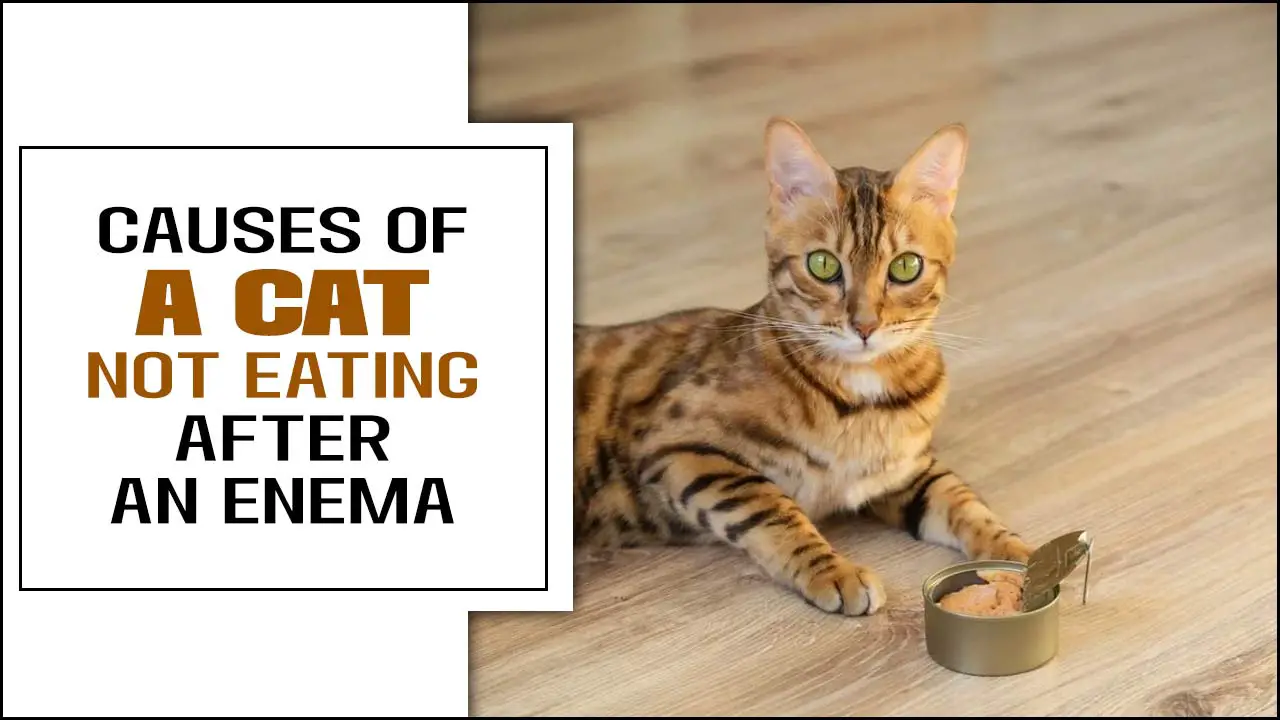
![How To Prevent And Treat Hairballs In Cats [A Details Guide]](https://meekbond.com/wp-content/uploads/2023/03/How-To-Prevent-And-Treat-Hairballs-In-Cats.jpg)
